Paper Helicopters by Dr. David Atkinson, IHMC
January 10, 2015
January Science Saturday in Ocala was "Paper Helicopters", led by Dr. David Atkinson, a Senior Research Scientist at IHMC. Ninety students from Marion County elementary schools attended. They learned to design helicopters and test them in specially designed wind tubes.
-
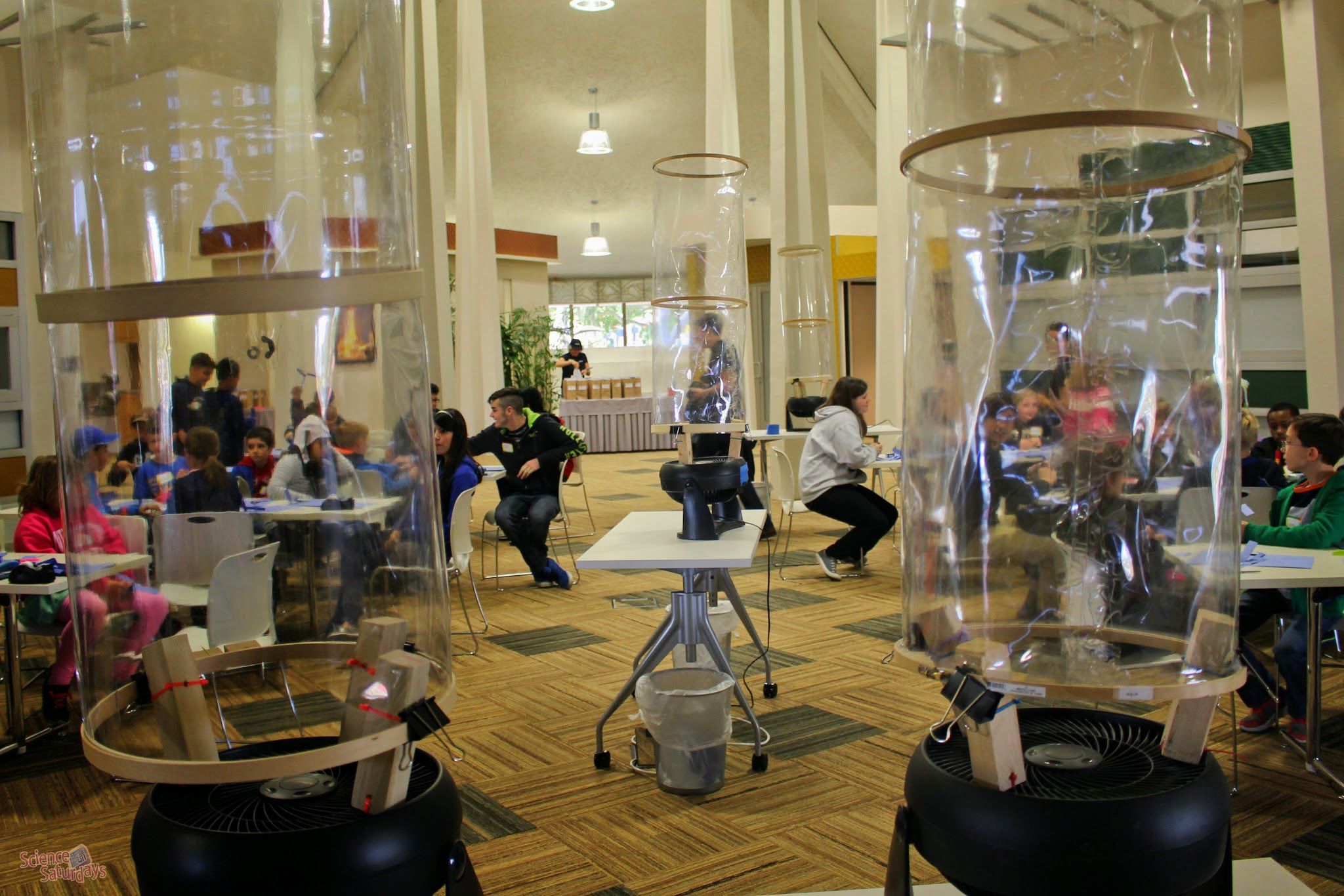
January Science Saturday in Ocala was "Paper Helicopters", led by Dr. David Atkinson, a Senior Research Scientist at IHMC. Ninety students from Marion County elementary schools attended. They learned to design helicopters and test them in specially designed wind tubes.
-
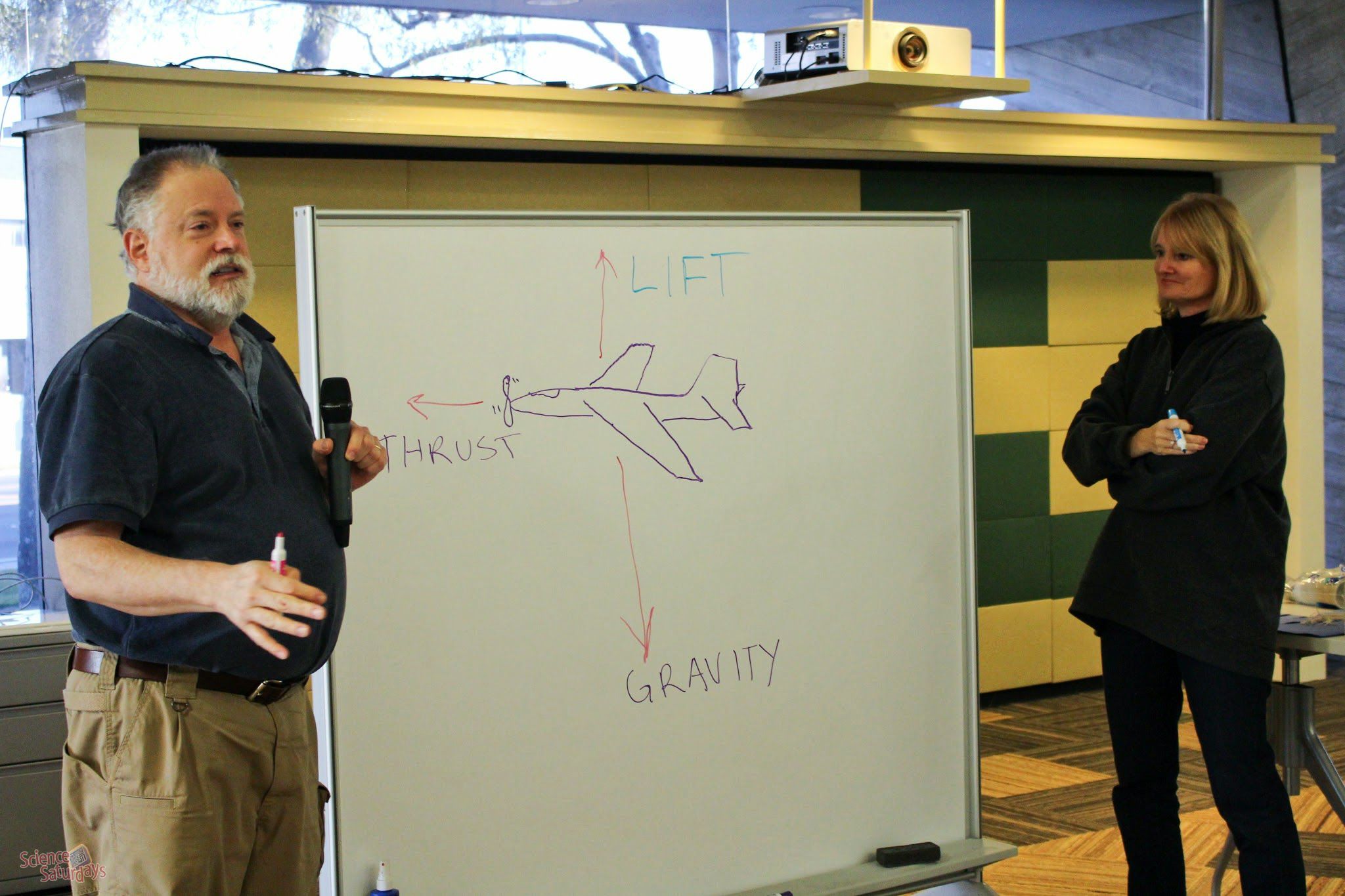
Dave introduced the four forces affecting flight: the two sets of opposing forces include lift and gravity, and thrust and drag (not yet shown).
-
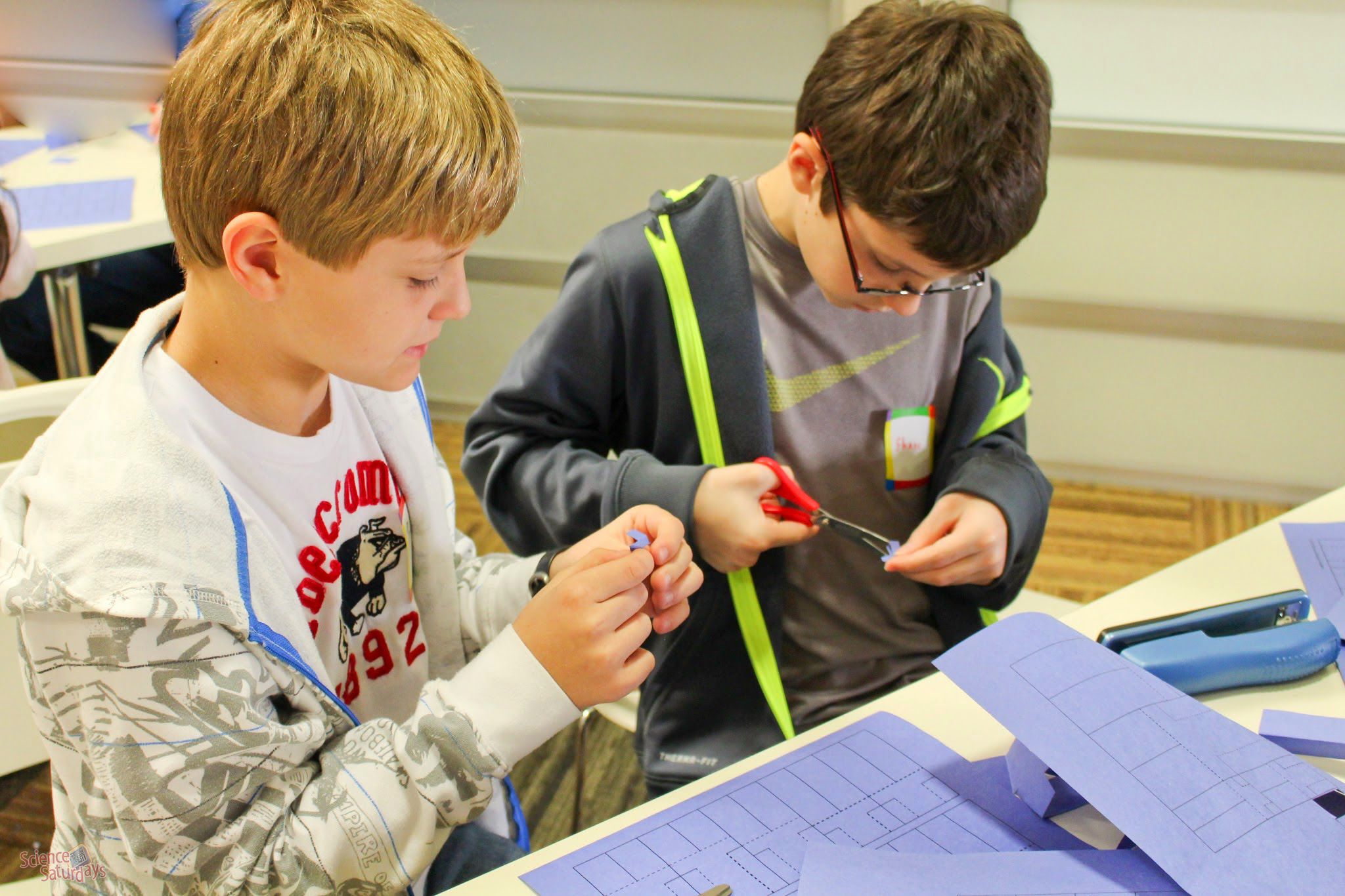
Paper templates for various sizes of helicopters were provided for the first activity.
-
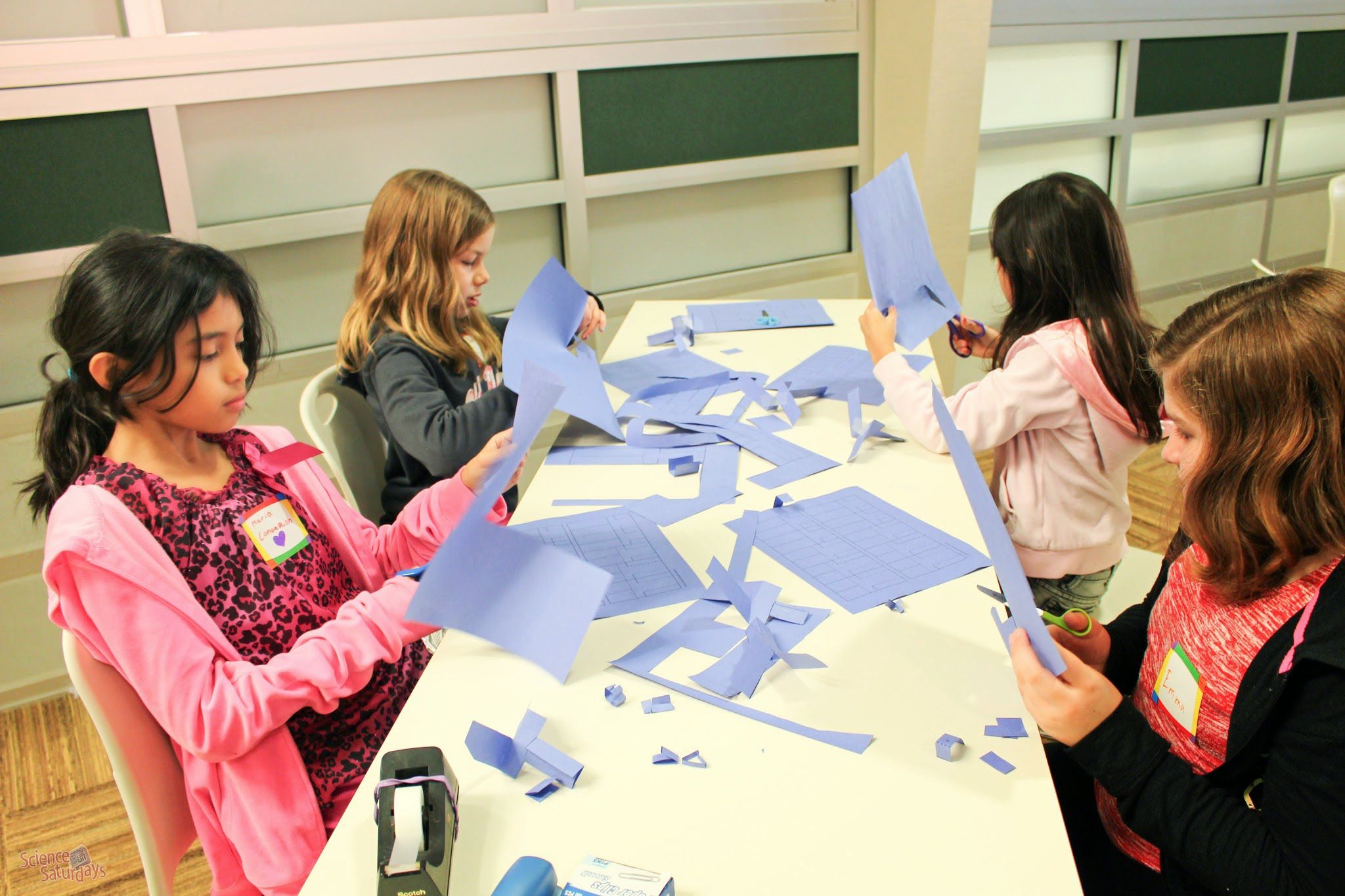
Making a helicopter involved mostly cutting and folding.
-
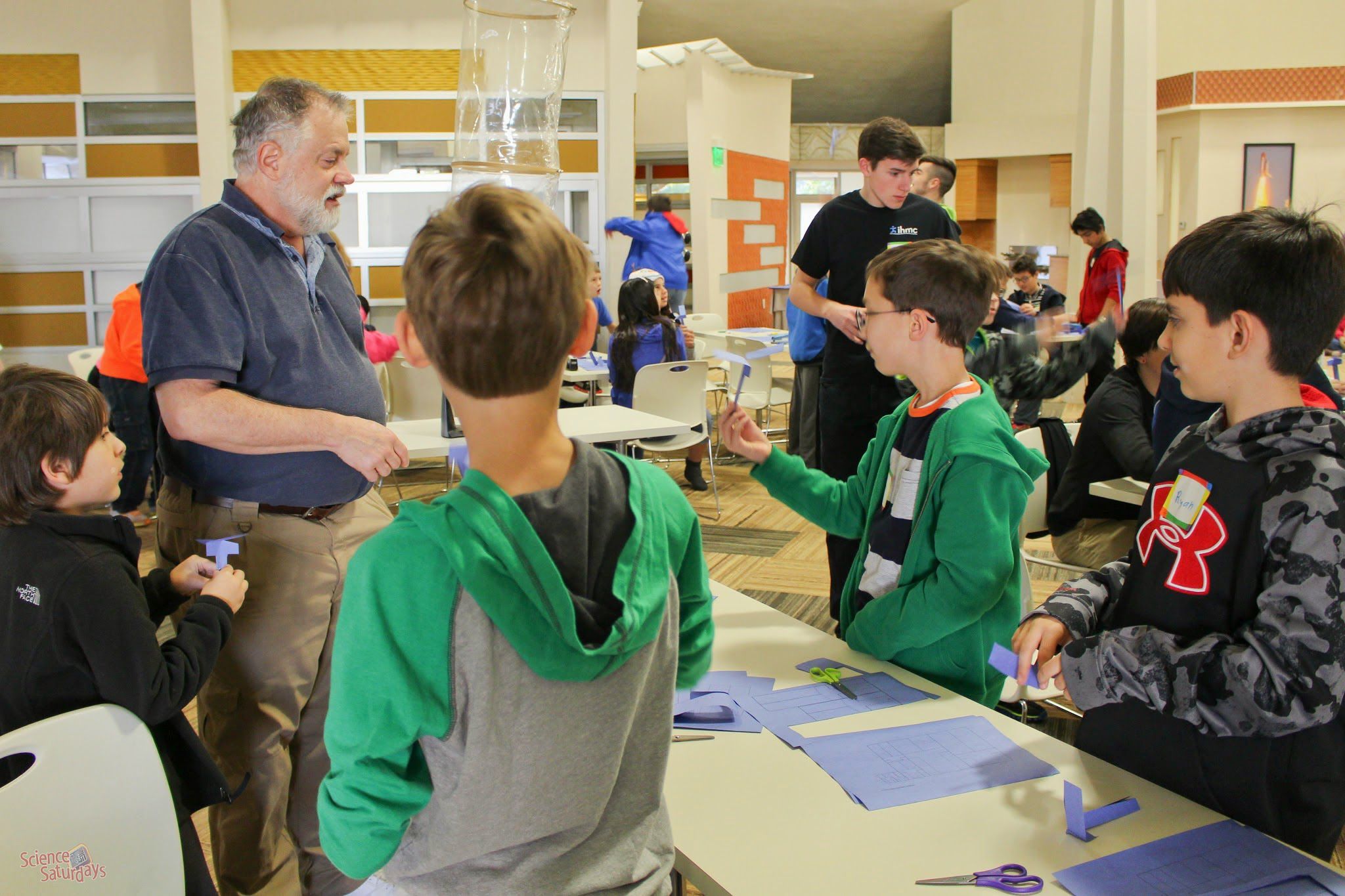
Dave was enthusiastic about answering questions and helping as needed.
-
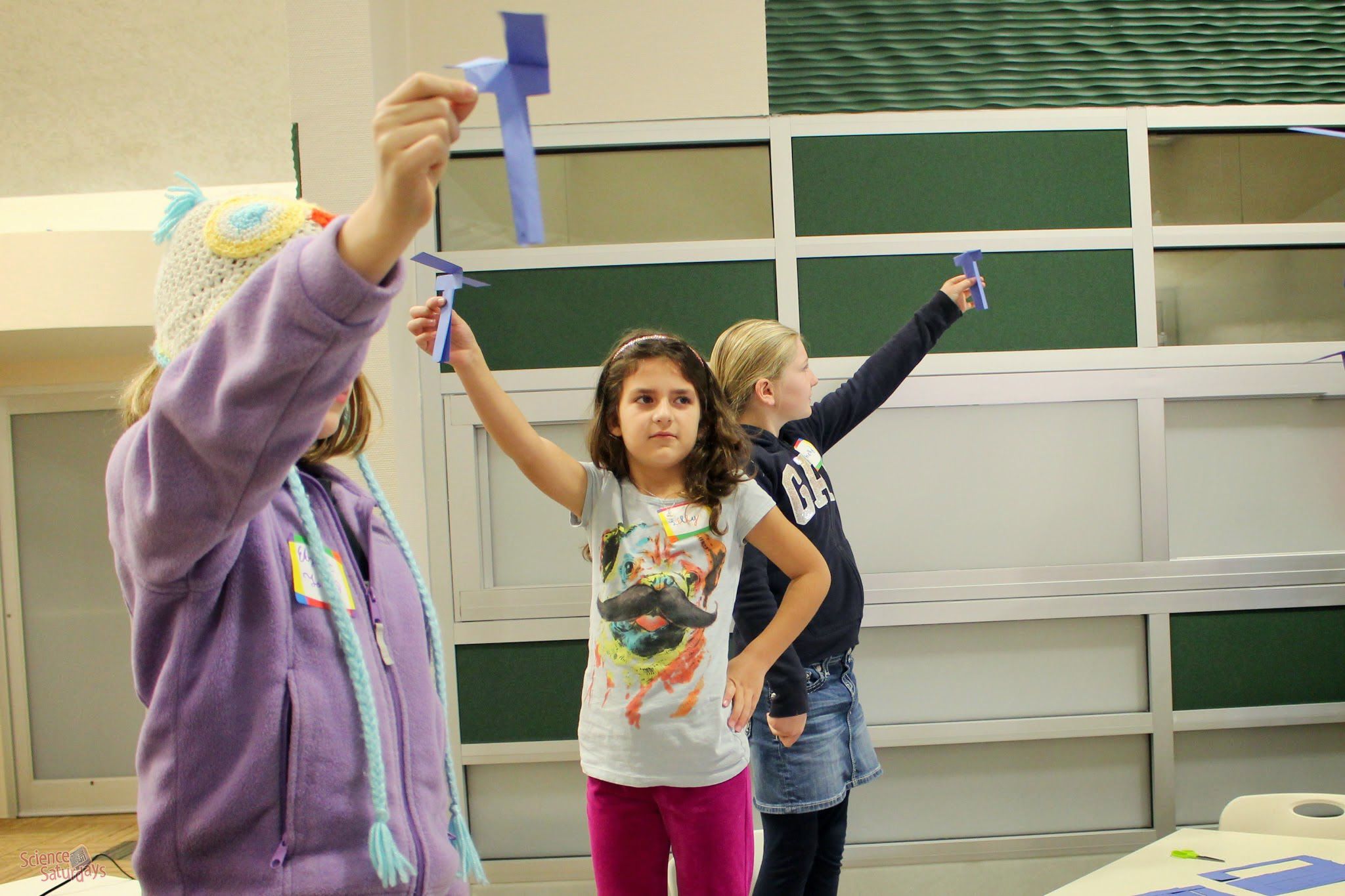
The first test was to drop the helicopters from overhead, in order to see how they fell.
-
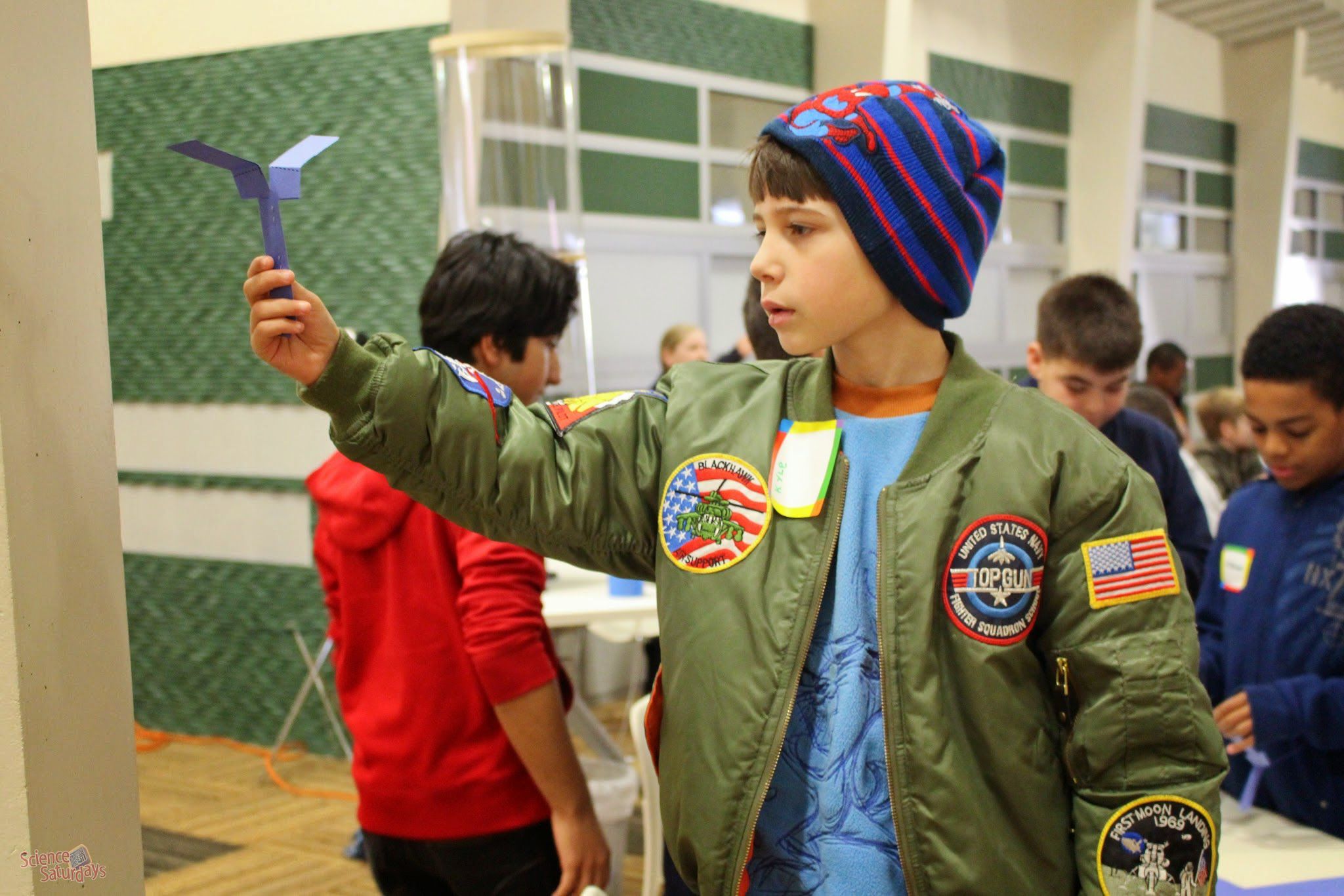
The careful implementations spun gracefully to the ground.
-
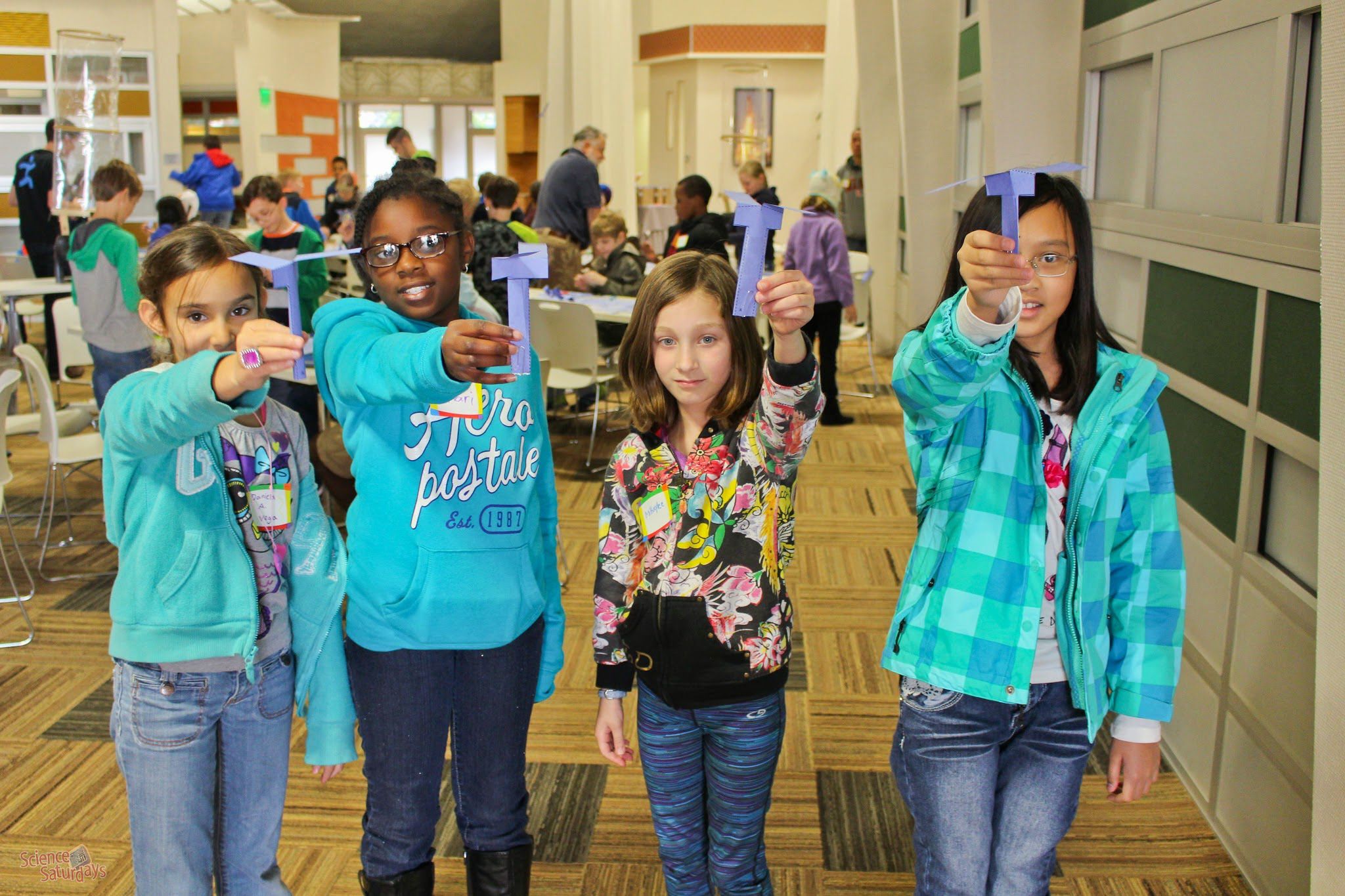
-
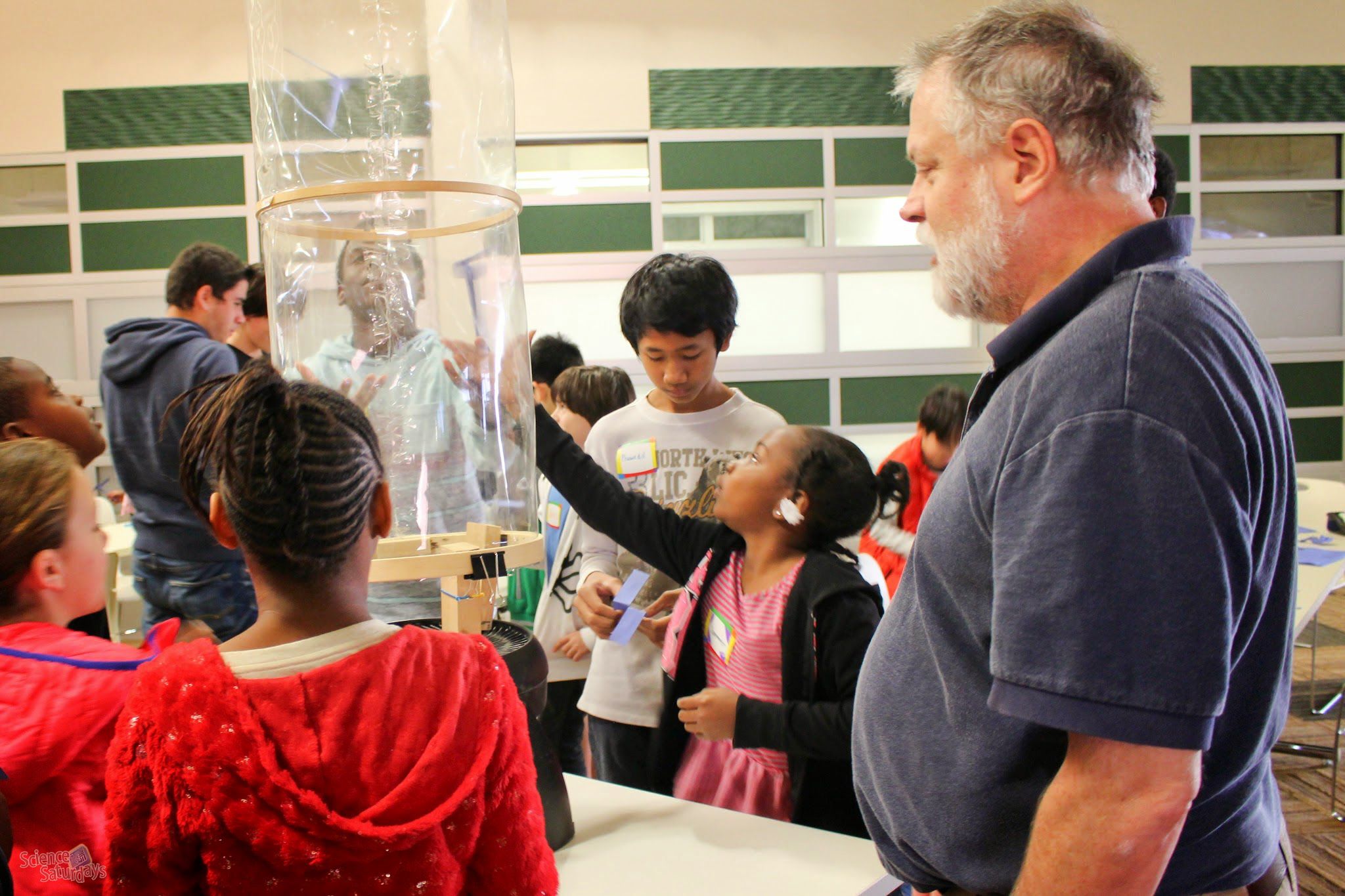
Next, students tried their helicopters in the wind tubes.
-
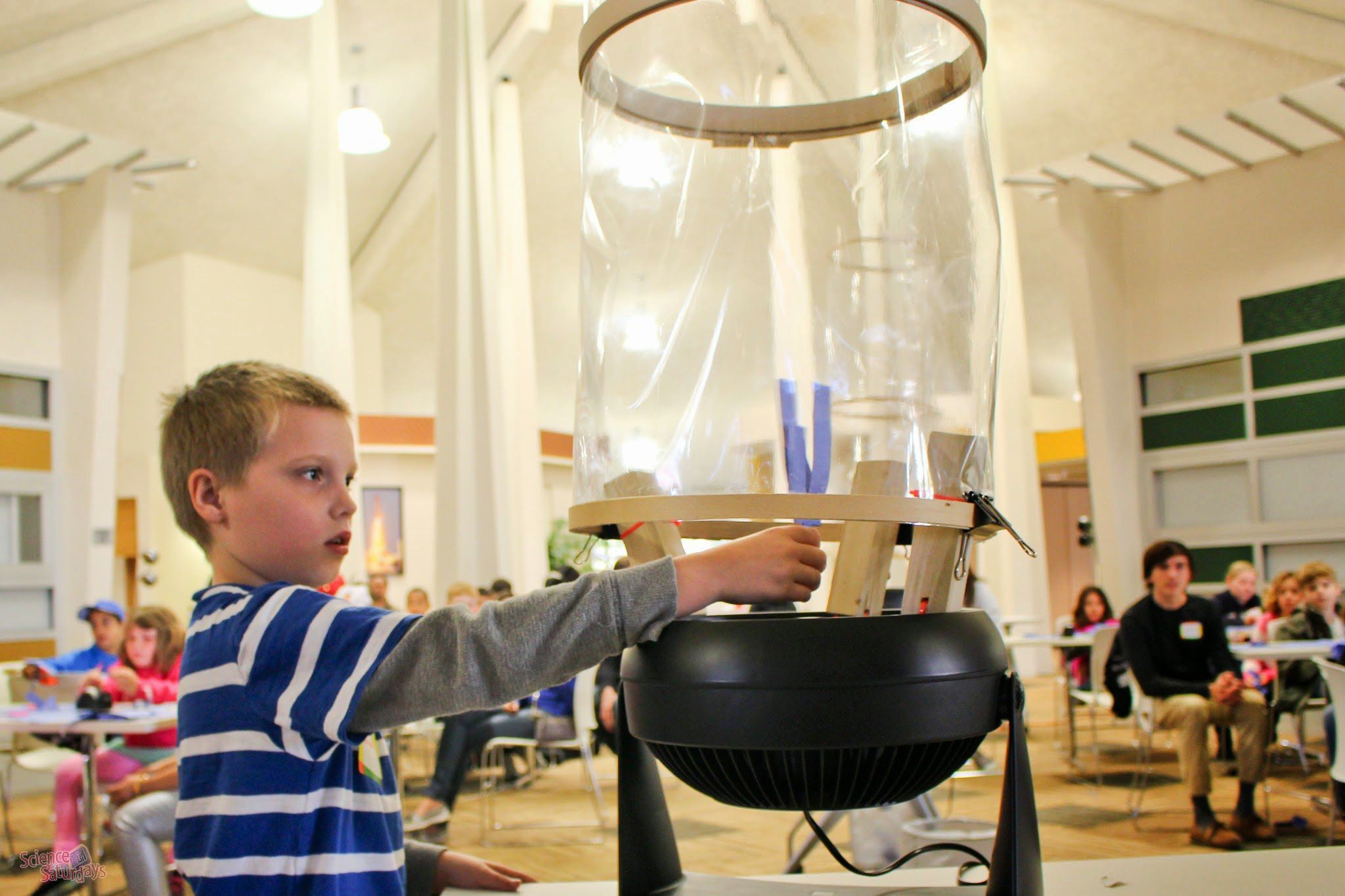
The helicopter was inserted into the bottom of the tube...
-
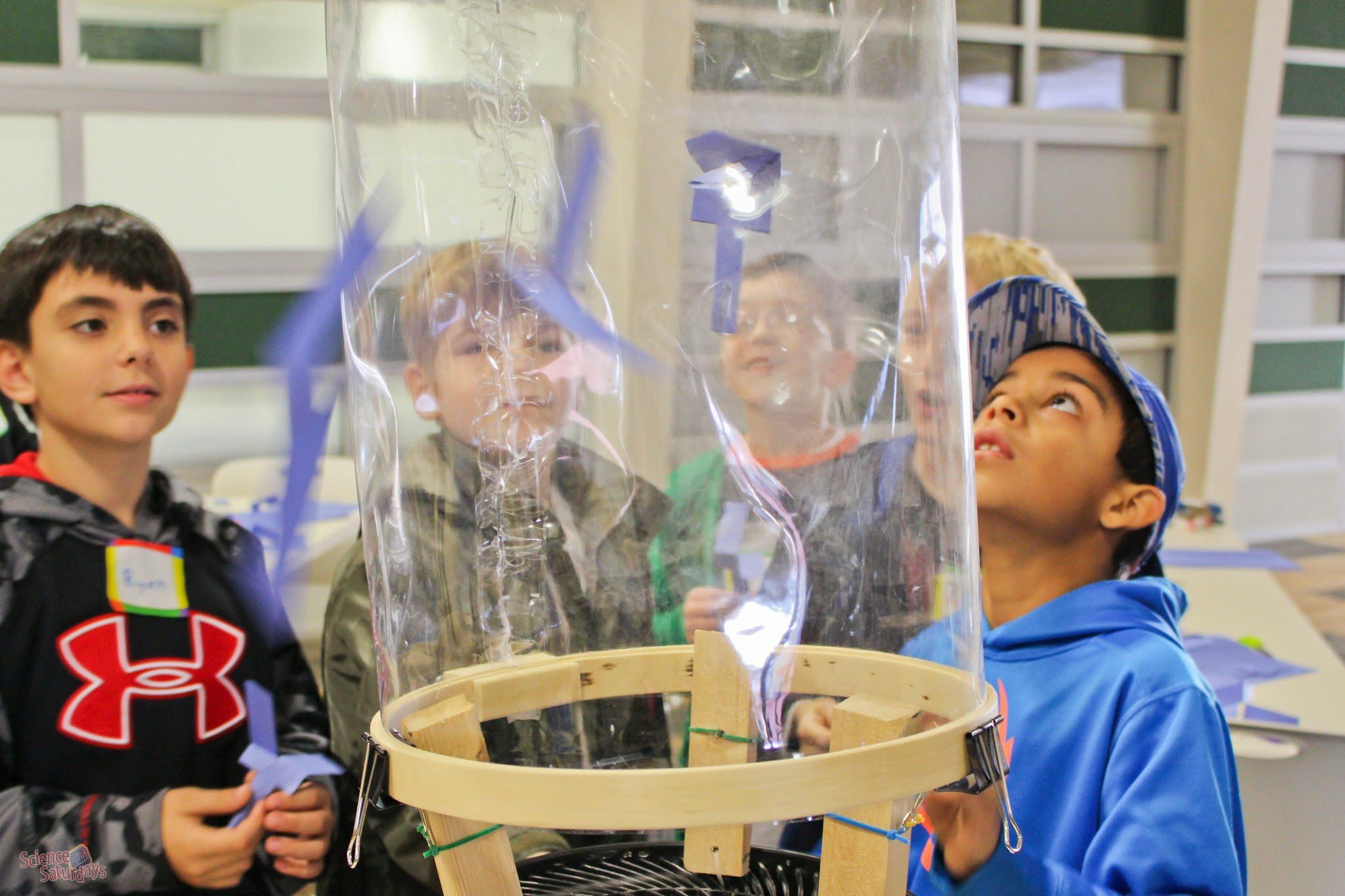
When you let go, the wind created by the fan would propel the helicopter upwards --
-
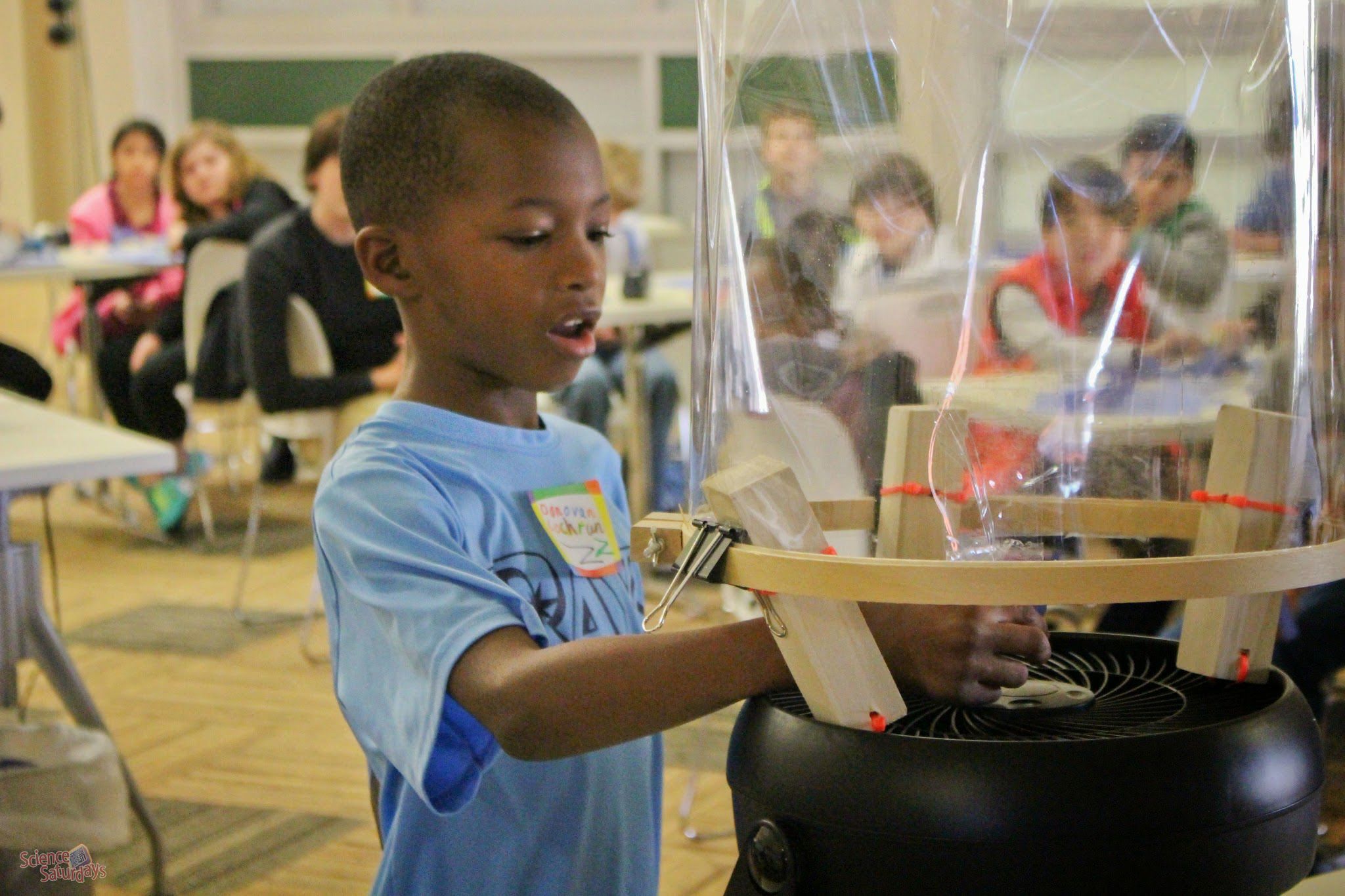
But upward motion (flight) could only take place if the force of gravity was less than the lift provided by the wind.
-
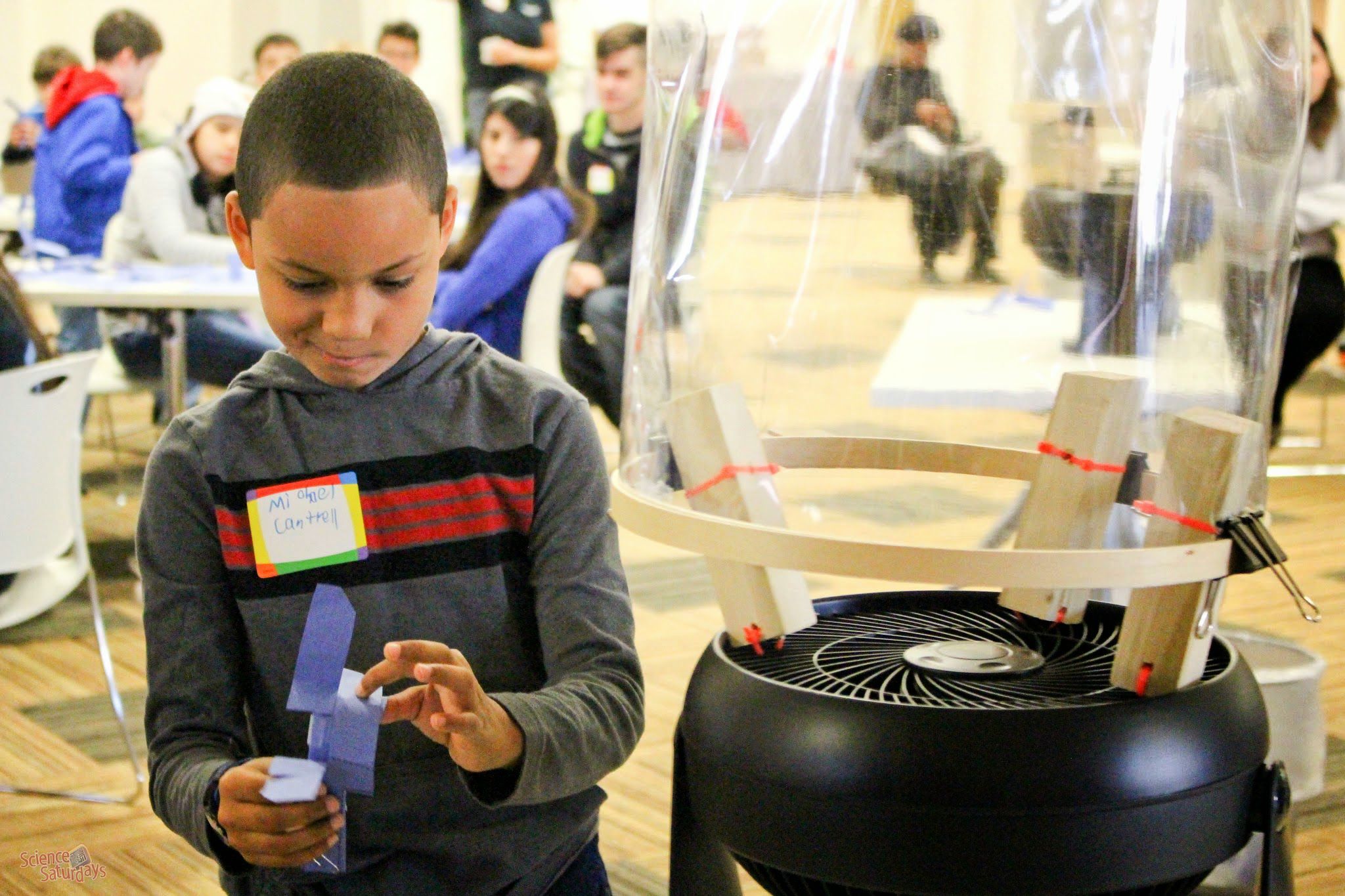
Next, each student was asked to make one change to their design, for example by adding a paper clip as ballast or tape as extra support. The next trial would reveal if the change was an improvement or not.
-
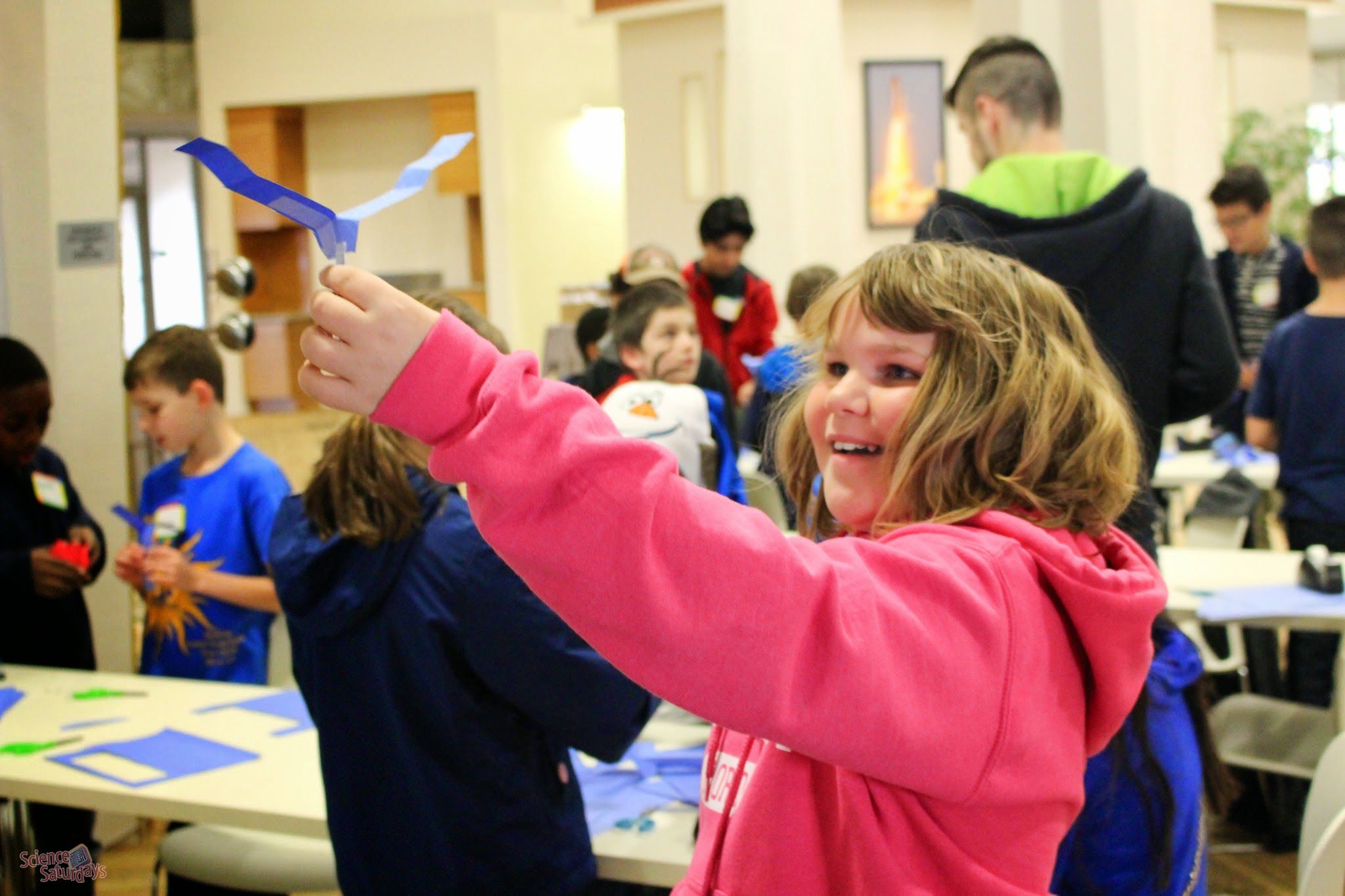
This student added tape, and some extra folds.
-
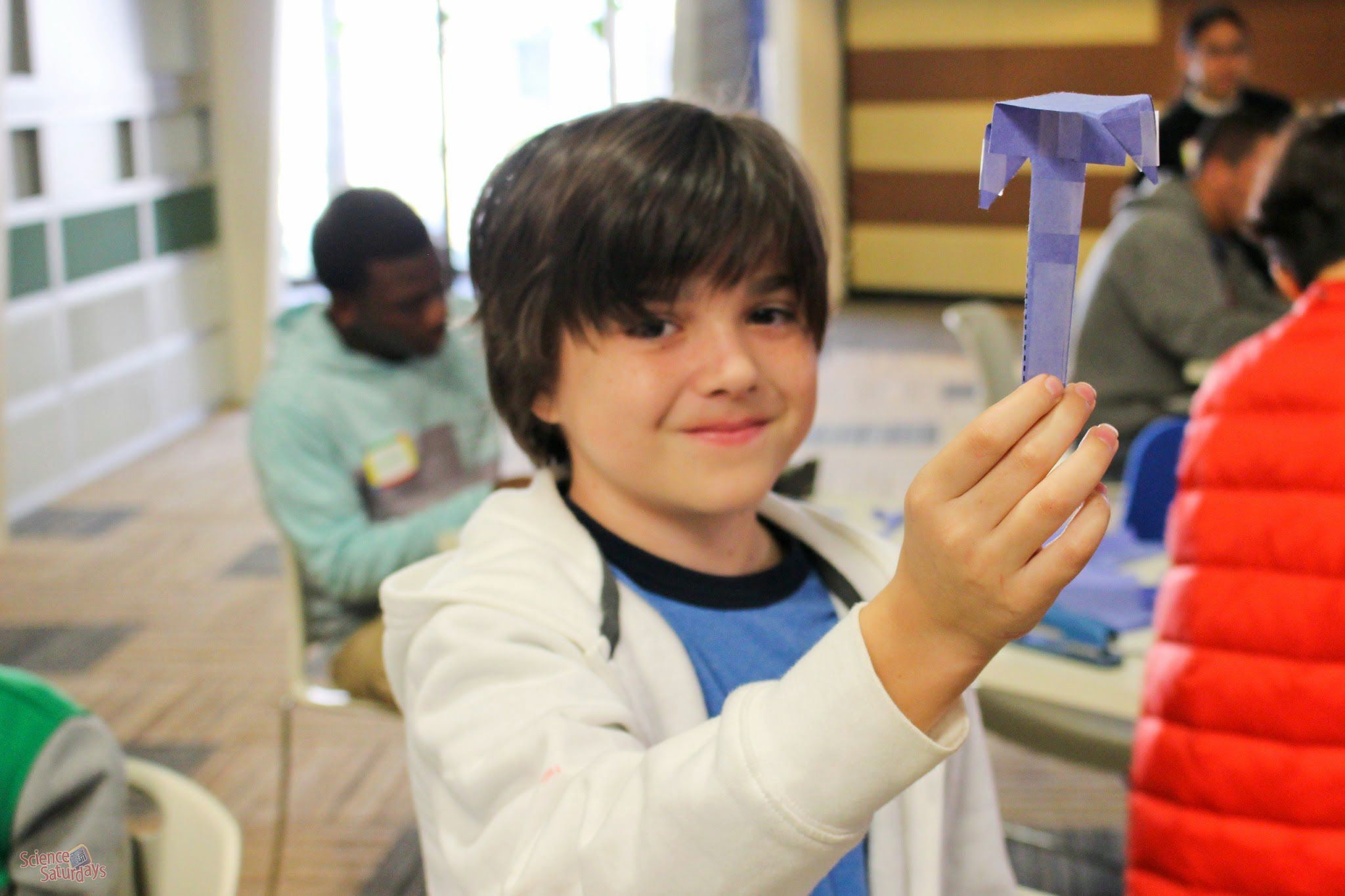
This one was modified with the same materials, but with a different approach.
-
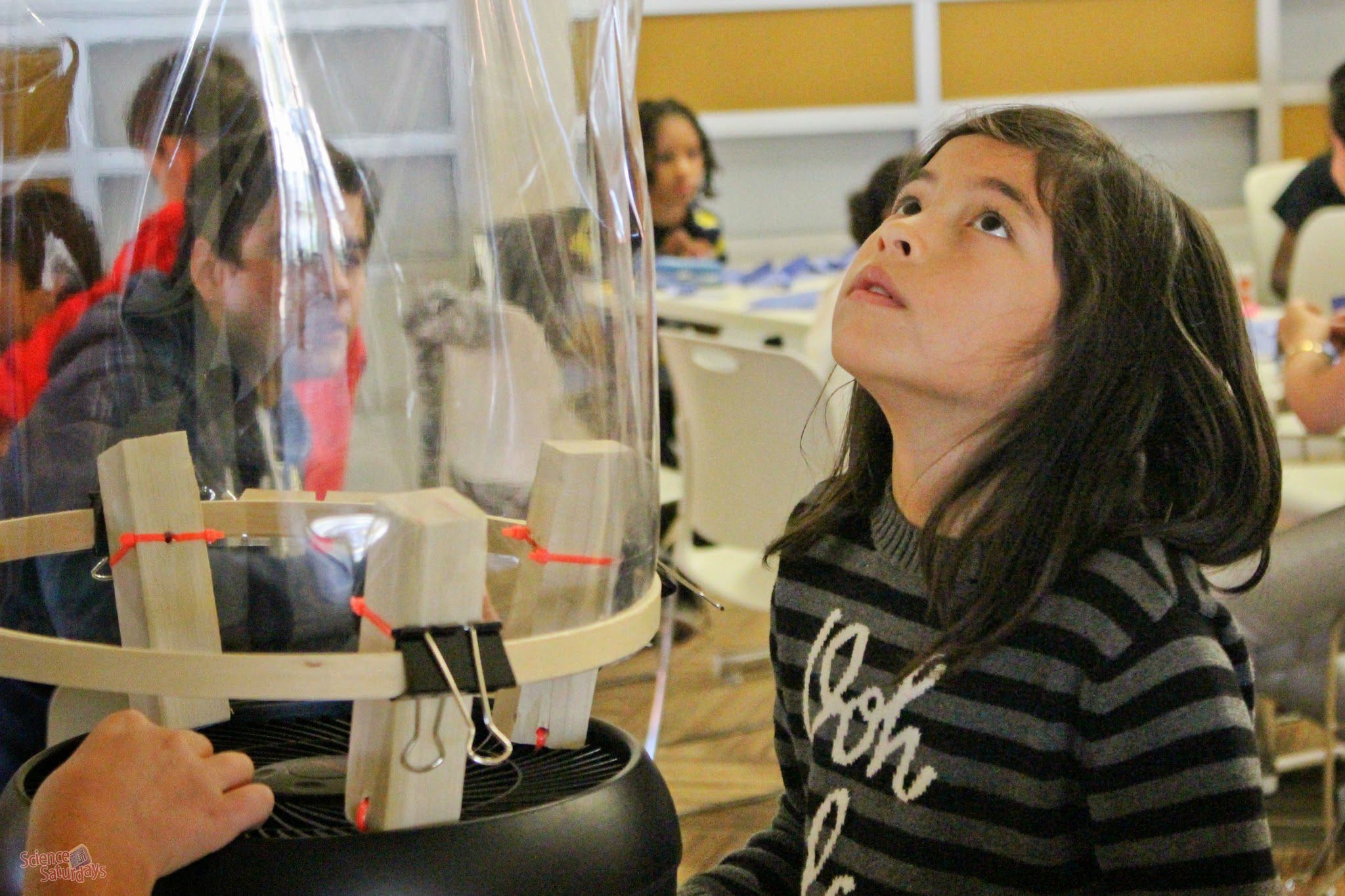
A lot of the helicopters went really high!
-
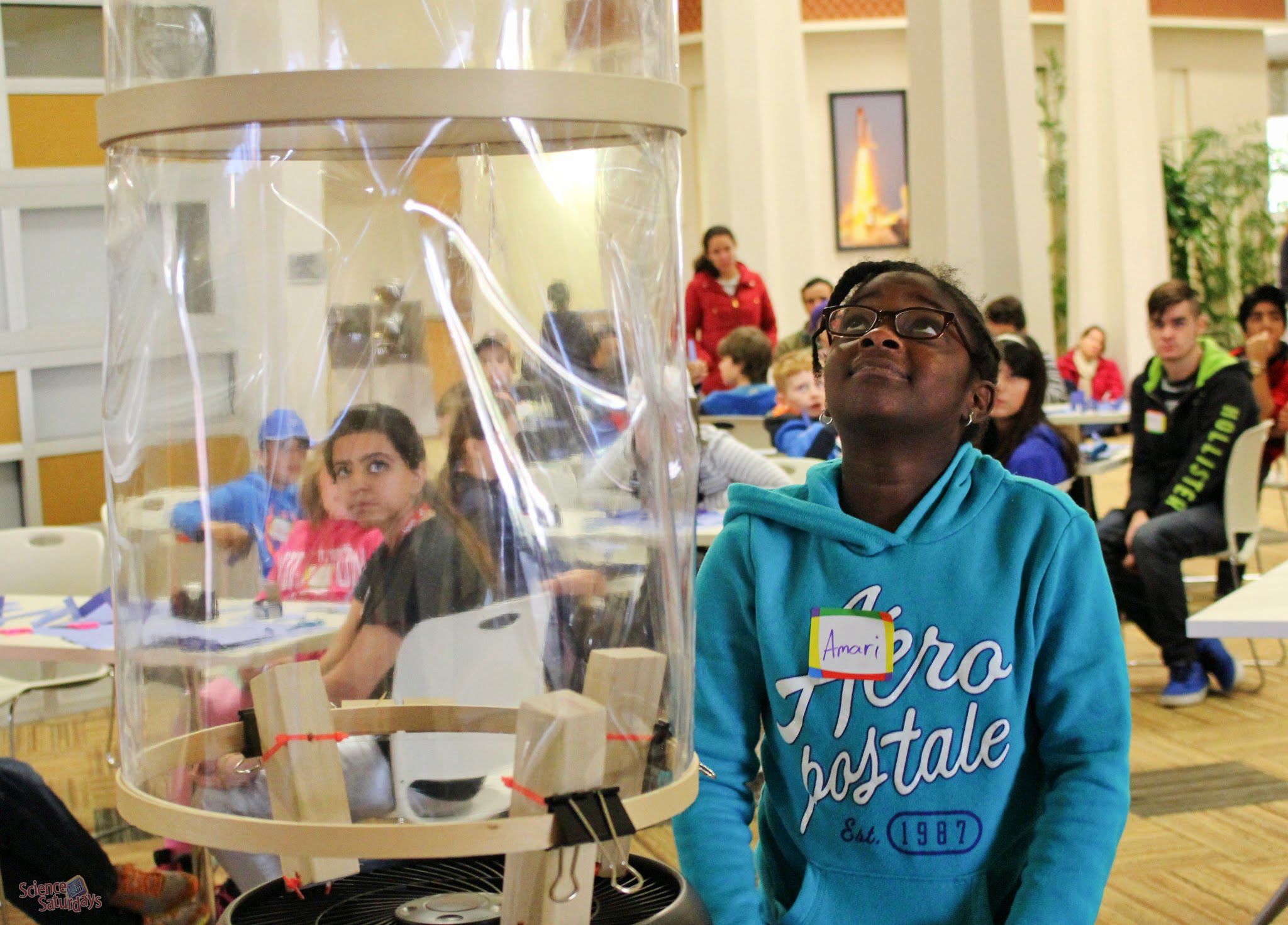
-
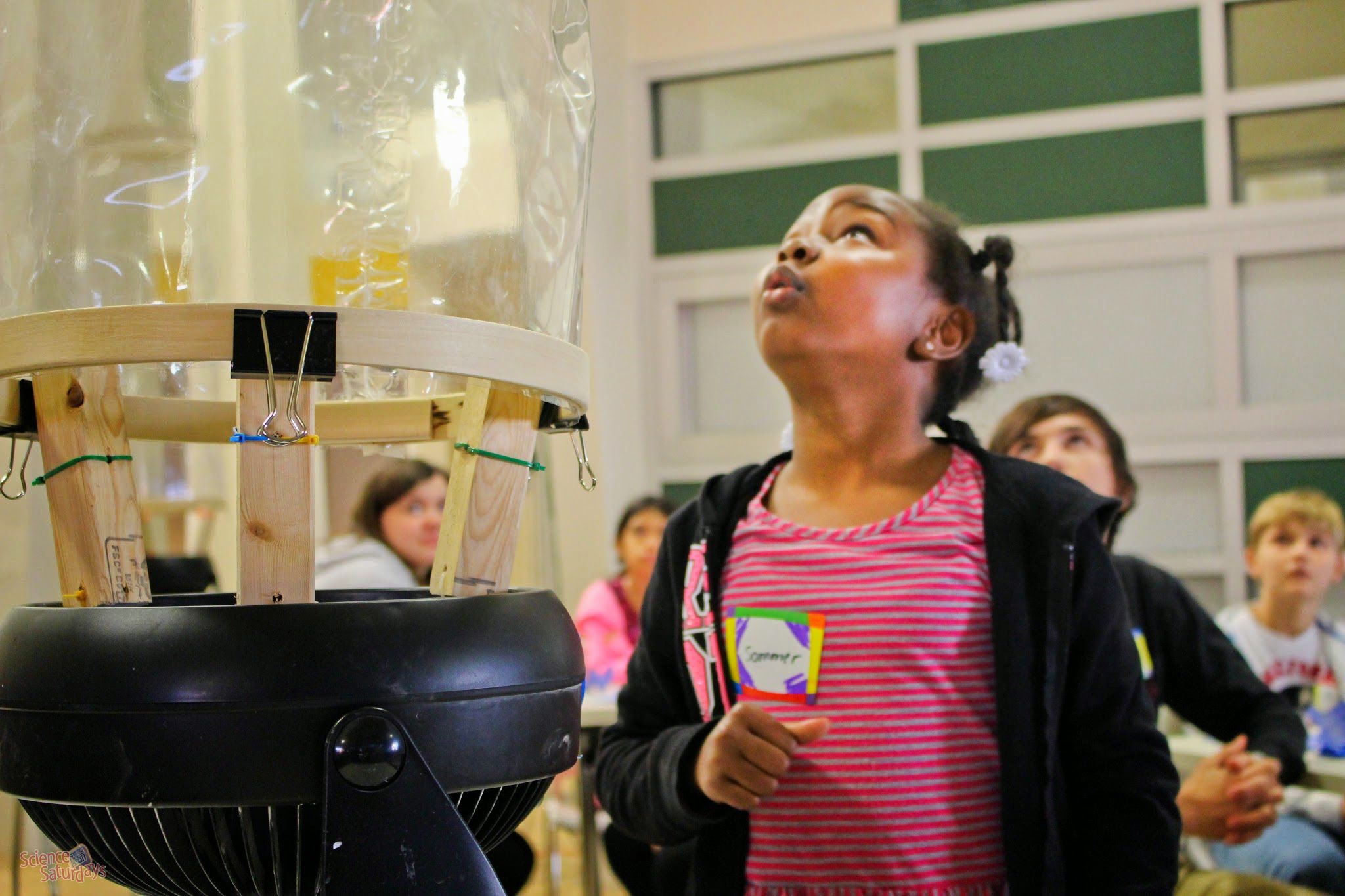
Wow! This one went really high!
-
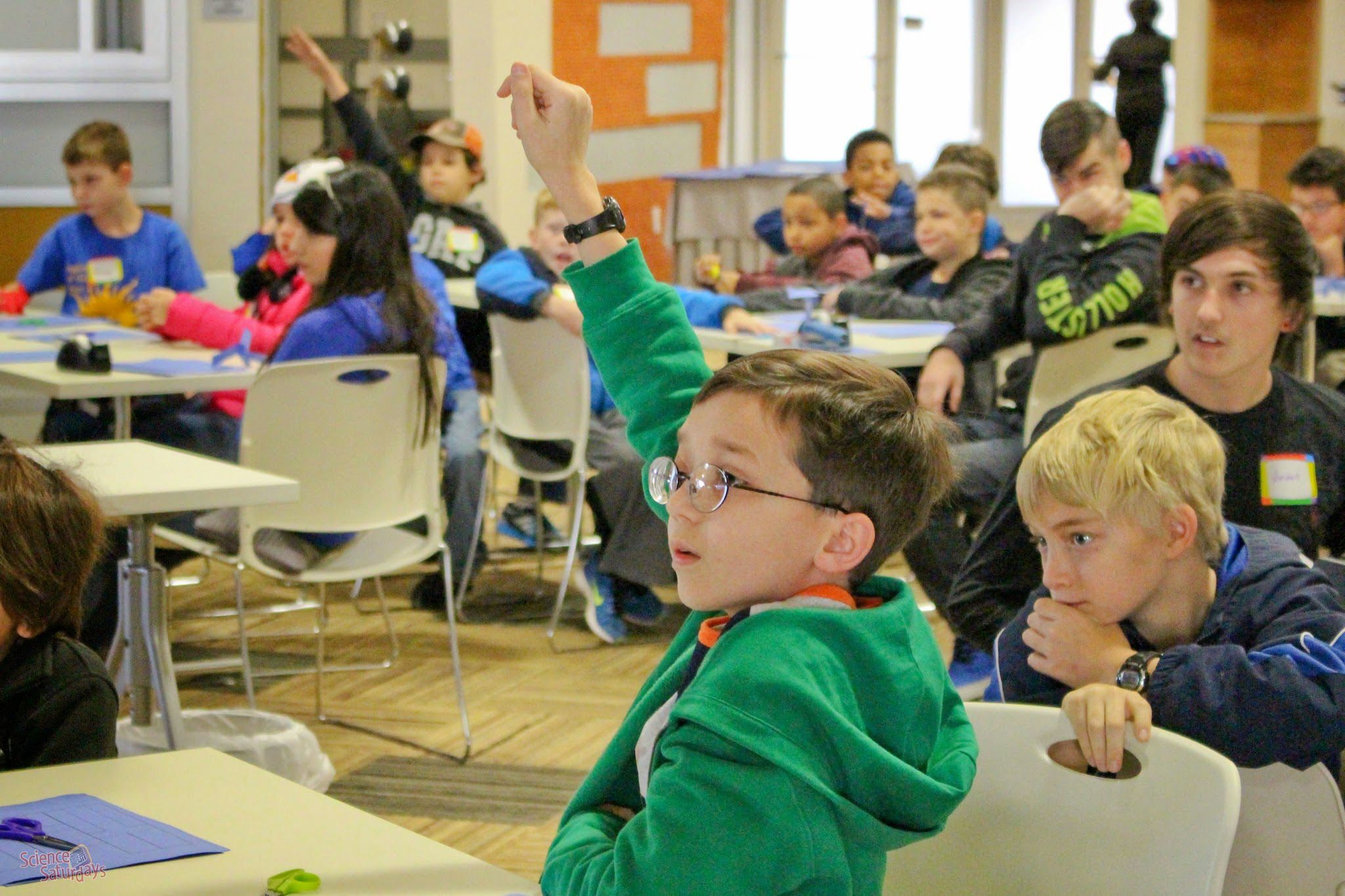
The group discussed what kinds of designs worked well, and what design changes didn't work as well.
-
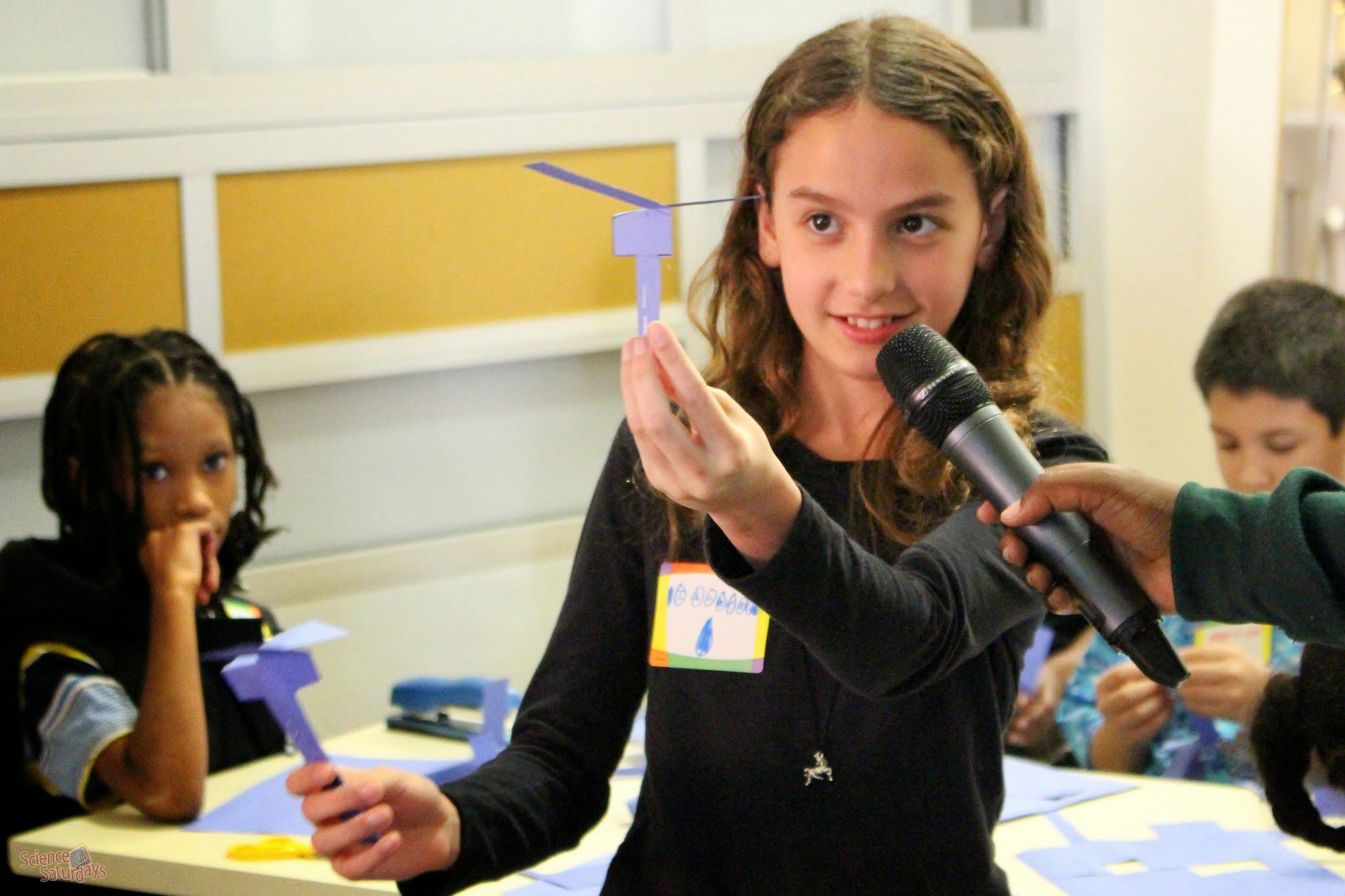
Students were called upon to share their designs and to explain their modifications.
-
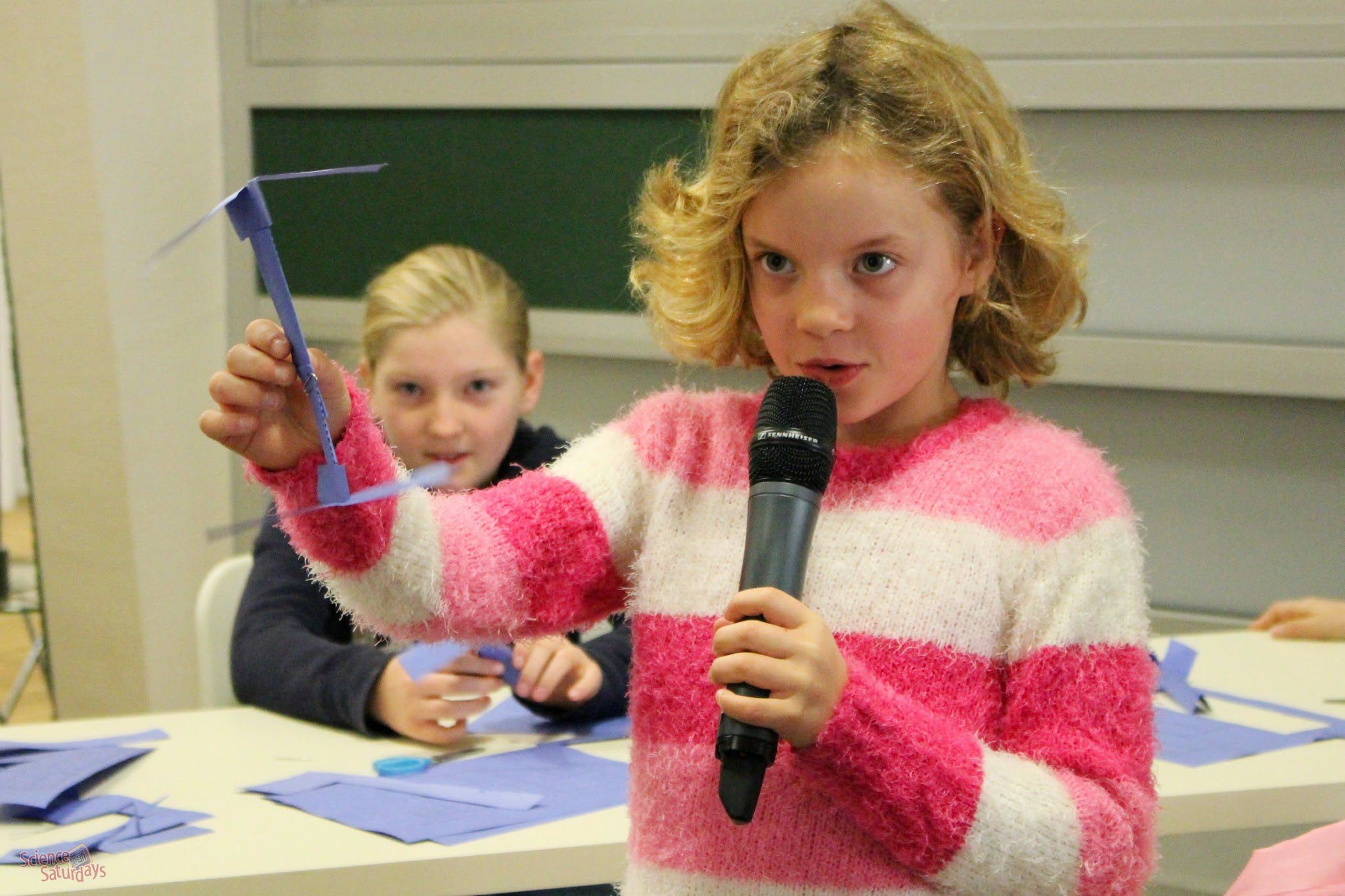
This modification was a double whirly...
-
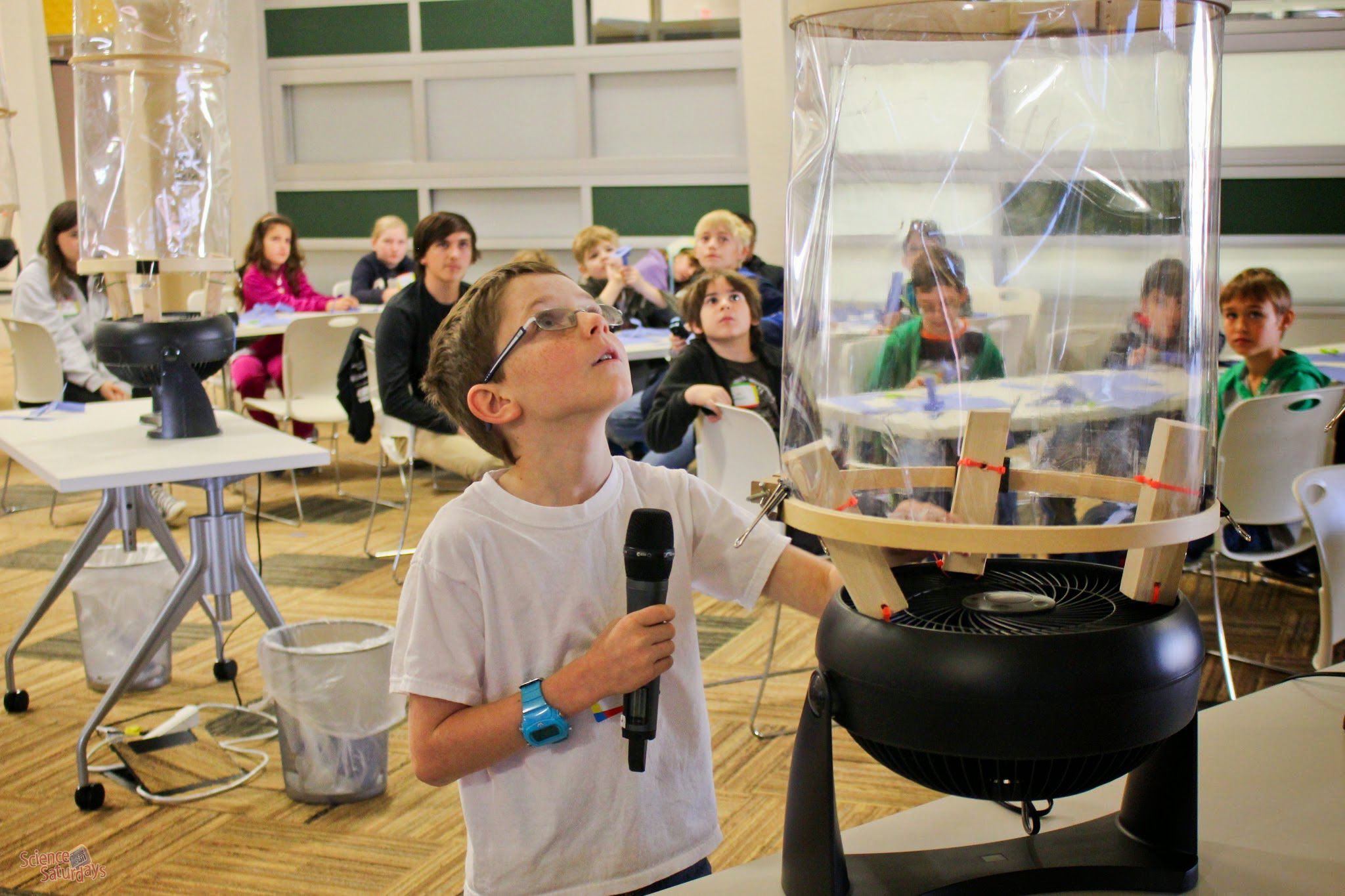
Some students had the opportunity to demonstrate their flight to the group.
-
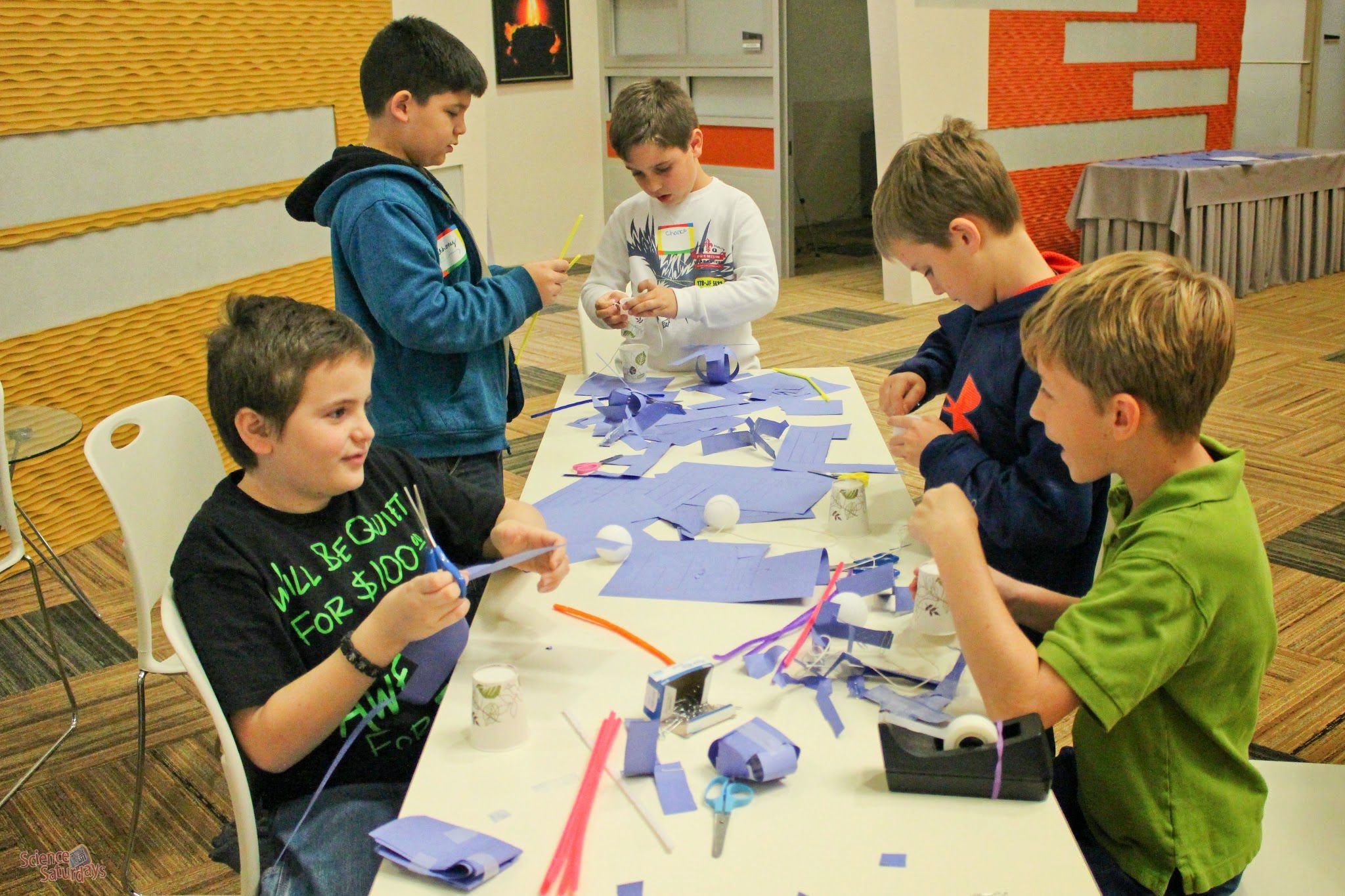
The final activity was free-form design without templates, using new materials.
-
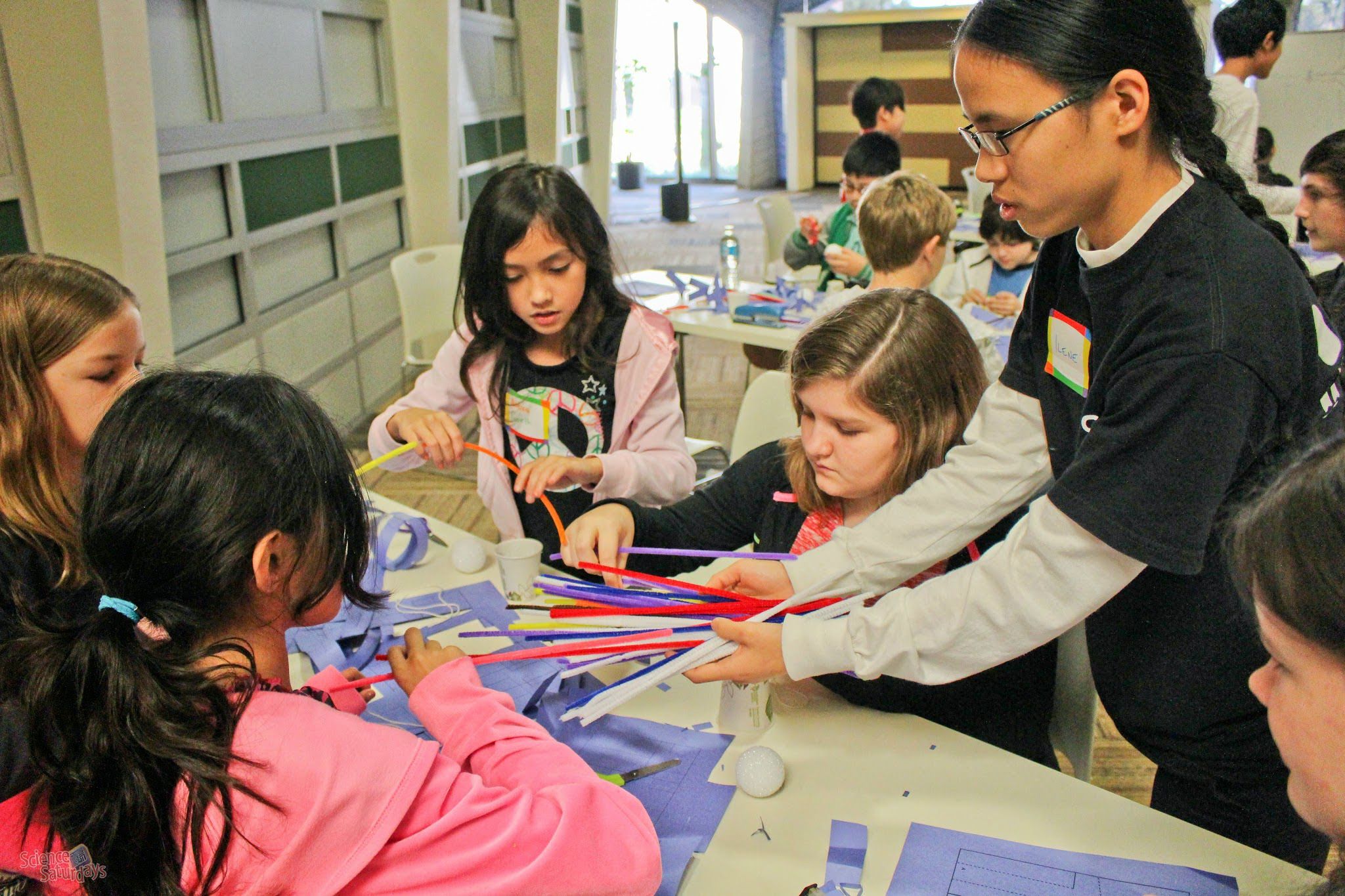
Pipe cleaners, styrofoam balls, and plastic baggies were provided.
-
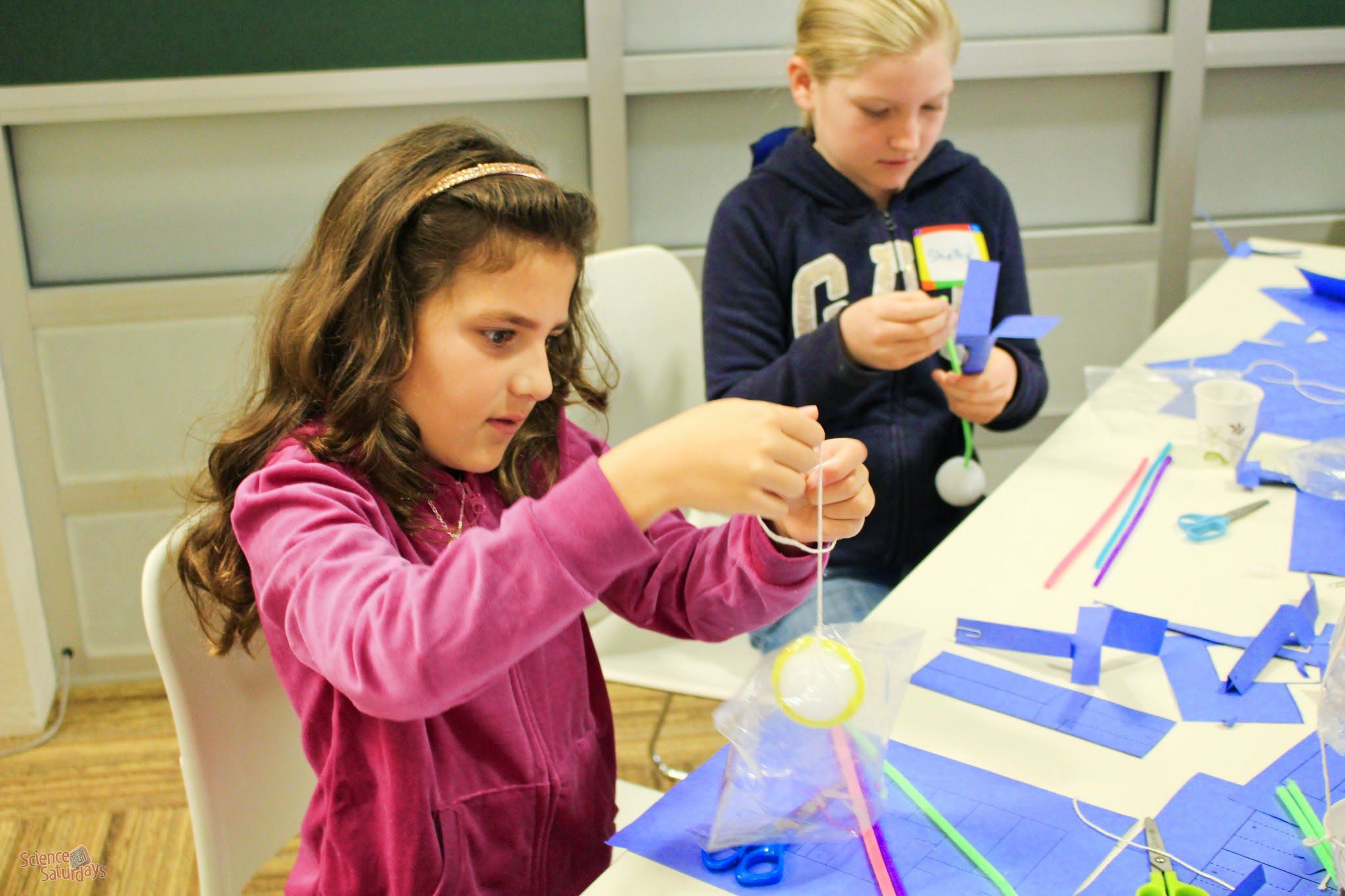
-
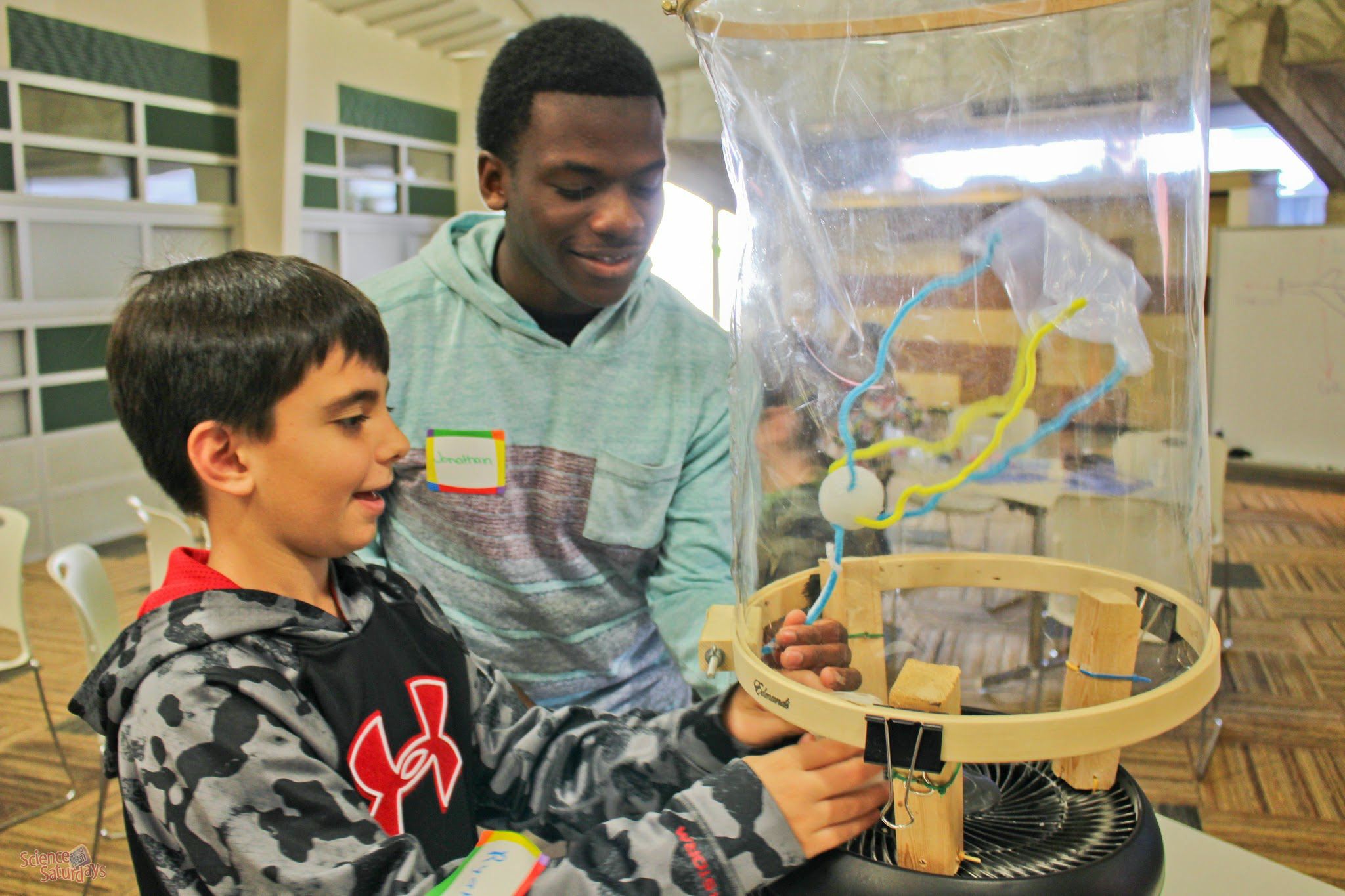
The final step was flight trials. Was this contraption going to fly? There was only way to find out….
-
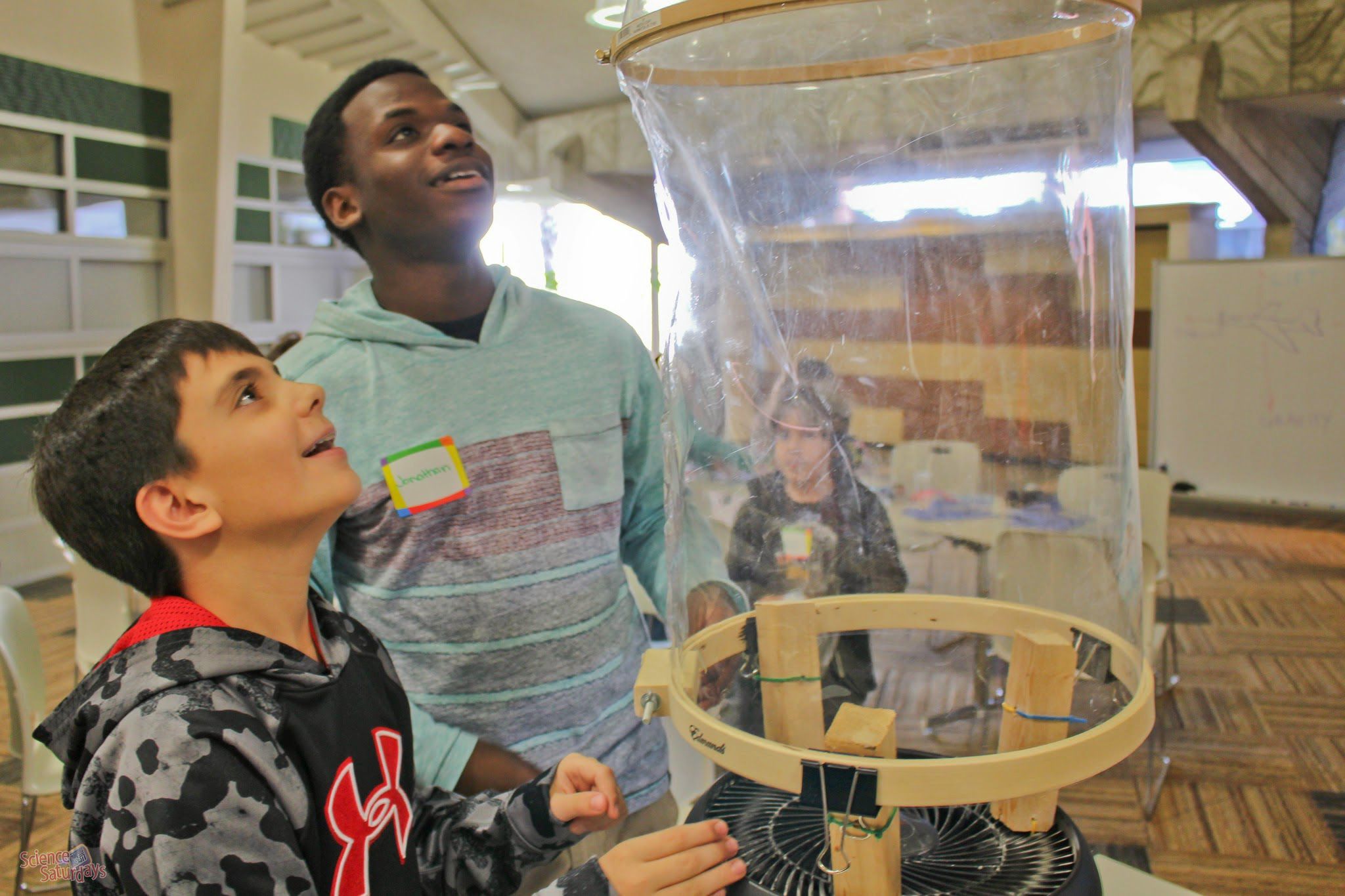
It flew HIGH! Thank you David, for an exhilarating lesson about forces and flight, and thank you to the volunteers for helping to make this morning a success. And last but not least: Thank you, season sponsors -- Lockheed Martin, Ron and Phyllis Ewers, and Oak Lane Farm.

